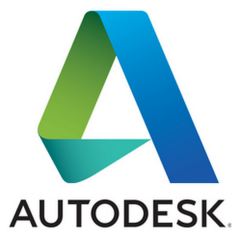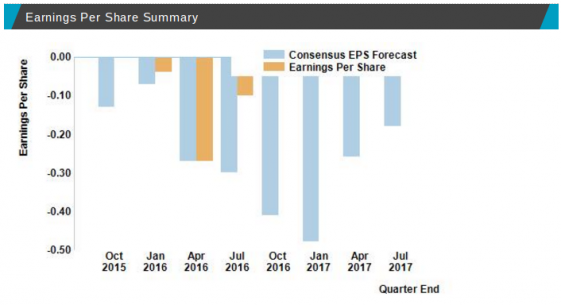The answer may be about next year’s earnings per share.
 Autodesk has announced a new program to repurchase up to 30 million shares of its common stock. This new repurchase program is in addition to the approximately 1.5 million shares that remain to be repurchased from previously announced share repurchase programs. As a public company, Autodesk is required by law to announced when it will conduct a share repurchase program.
Autodesk has announced a new program to repurchase up to 30 million shares of its common stock. This new repurchase program is in addition to the approximately 1.5 million shares that remain to be repurchased from previously announced share repurchase programs. As a public company, Autodesk is required by law to announced when it will conduct a share repurchase program.
Autodesk says the repurchase program provides it with “the ability to cover dilution and reduce shares outstanding over time,” which is finance-speak for “if we throw a ball in the air and don’t catch it, the ball will fall to the ground.” Obviously, there is more to the story.
Supply and demand
One part of the story is about stock ownership. Autodesk does not pay dividends to its shareholders, so the only way owners of the company (all the stockholders) can make money is when the price of the stock rises. Owners (stockholders) can then decide to sell some of their stock and make a profit. When a company buys its own stock, the shares are either cancelled or held as “treasury shares,” no longer available for purchase. Fewer shares helps push the market into placing a higher value on the stock; a simple case of supply and demand.
When a company goes public, it has one more product to sell, its stock. A lot of energy is invested at the executive level in convincing investors to buy company stock. Because the technical software industry has a small number of public companies, and because by the standards of the larger economy the players are small, it takes a lot of effort to keep potential investors interested in the stock. I’ve seen more than one small publicly traded company in the CAD industry merge or acquire another public company, not because they needed the technology but because they needed the increased number of public shares to sell to the public. There has to be enough stock in the public market for buying and selling to take place efficiently; too little stock makes it harder for potential sellers to find willing buyers.
Can’t be the EPS… or can it?
Another reason to repurchase shares is to improve earnings per share (EPS). Simple arithmetic says when there are fewer shares, the earnings per share will be higher. But the math doesn’t lie if earnings are negative. The past eight quarters have not been kind to Autodesk. There have been no earnings per share, but instead losses per share each quarter as Autodesk transitions from selling perpetual software licenses to subscriptions. So, Autodesk is not polishing today’s EPS, but betting instead on a return to profitability in the near future. A positive EPS will be even higher if there are fewer shares when earnings improve.

Most times, stock repurchase is a signal from the company that it is bullish on its future. For Autodesk, goosing a higher stock price by reducing the available merchandise and making the EPS look better when profitability returns are icing on the cake … if they are right about their current trajectory.





